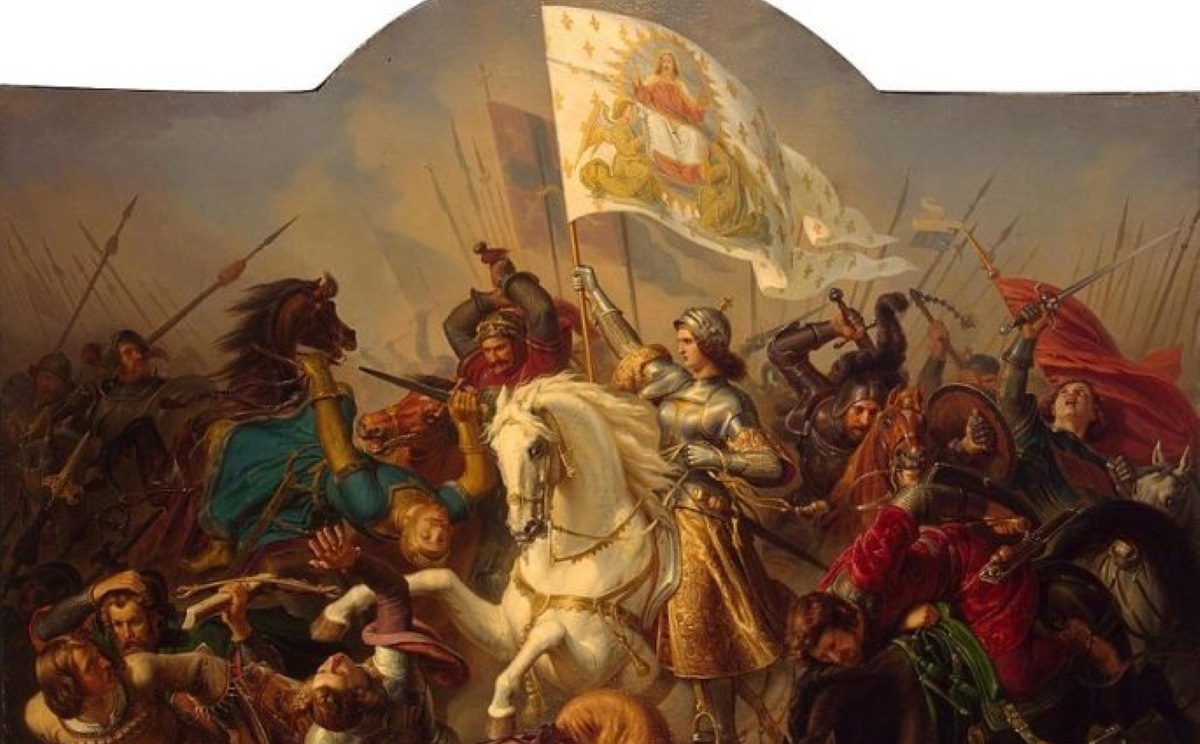This cultist was the father of modern rocketry. On June 17, 1952, a boom rocked Pasadena, California – an explosion at a coach house on the old Cruikshank estate, a plot of land on Millionaires Row where a large manor once stood.
The interior of the house was torn apart by a science experiment gone wrong. Amid the debris were strewn-about pages covered in symbols such as pentagrams and text written in unfamiliar languages. On the floor was the body of a man, in a pool of blood, whose face was half-ripped off and body shattered.
The man was 37-year-old John “Jack” Whiteside Parsons: the father of modern rocketry.

Without Parsons, Neil Armstrong may have never set foot on the moon, and American military power might be a fraction of what it is today. But Parson’s global significance was overshadowed by a juicier pastime — he was a leader of a black-magic sex cult, of which Scientology founder L. Ron Hubbard was once a member.
As a kid in Pasadena, Parsons was obsessed with traveling to the moon, and he devoured Jules Verne novels. That curiosity extended into a love of explosives. The 12-year-old budding chemist would scrape the black powder from fireworks and pack it tightly into casings to fashion rudimentary rockets.
It was also around this time he first dabbled in the occult — by attempting to contact the devil in his bedroom.
He enrolled at Pasadena Junior College in 1933 hoping to study chemistry and physics, but the Whiteside family money had dwindled precipitously, and he was forced to drop out. He was accepted at Stanford, but that, too, was out of his price range. Parsons, who wasn’t very good at math, never earned more than a high-school diploma.

But he went on to meet like-minded friends, and in 1936 they managed to convince Caltech, a Pasadena academic institution, to let them use their facilities, but not funding, to “study, create and fly” rockets. The young men had impressed Theodore von Karman, director of GALCIT (Guggenheim Aeronautical Laboratory at the California Institute of Technology), with their boldness and determination. On campus, the group swiftly became known as the “Suicide Squad,” because the pals narrowly escaped death during several experiments. All this happened when Parsons was just 23.
Thus, the Jet Propulsion Laboratory, first called the GALCIT Rocket Research Group, was born. It was a major achievement for a field whose practitioners were once labeled “crackpots” during a congressional hearing, and mentioned in the same breath as alchemists and magicians.
Two years later, Parsons and his wife, Helen, were members of the OTO. The group was a strange blend of actors, opera singers, scientists, German expats and others who subscribed to Crowley’s teachings — particularly the no-strings-attached canoodling.
While Helen was on a trip, Parsons began an affair with her half-sister, Sara “Betty” Northrup. This infuriated Helen, despite the freewheeling teachings of the OTO. Eventually, Helen began her own affair with Wilfred Smith, the head of Agape Lodge, the group’s California chapter. She later divorced Parsons and married Smith.
In 1943 Parsons was at his peak. He had convinced the government that rocketry could be useful in wartime and formed a successful business called Aerojet. In 1943, the US Army ordered 2,000 rockets from the company.

It was not to last. A year later, Parsons was removed from the JPL and Aerojet for his associations with the lodge, which had relocated from LA to Pasadena, and had drawn scrutiny for its unusual practices. His work with rocketry wasn’t over, but it would never again be on so grand a scale.
Around that time, Hubbard, then a science-fiction writer, showed up and entranced the OTO members with his extraordinary charisma, wit and impossible tales. Parsons was taken with Hubbard, writing: “He is a gentleman. Red hair, green eyes, honest and intelligent and we have become great friends.”
But that changed when Hubbard seduced Betty, Parsons’ girlfriend. Soon, the two became an item and Parsons was overcome, for the first time, with jealous rage. Hubbard ran off with Betty, taking with him not just Parsons’ squeeze, but a lucrative idea.
Parsons showed Hubbard a kind of format for forming a religion. A hierarchy where you move your way up, and each time you move up a level, you find out more, but you have to pay to move up those levels. It looks like Scientology’s whole structure is based on this cult that Parsons was part of.
With World War II at an end, and unable to devote himself to his beloved rocket research, Parsons took solace in an increasingly outer form of magic — blending voodoo and witchcraft. Some OTO members believed he was using spells to try and summon a demon to kill Hubbard. In reality, he was trying to conjure a being to replace Betty.
His rituals often involved pentagrams, obscure scripture and masturbation, and would last more than two hours while Prokofiev’s Second Violin Concerto played in the background.

But things became dire for Parsons. In 1951, while he was working for Hughes Aircraft Co., the FBI revoked his security clearance because of his associations with possible Communists. They began an investigation into his “subversive” behavior. Making rockets for the government is impossible without some access to classified information. Parsons eventually regained clearance, but was later accused of espionage for taking documents from Hughes, and again was investigated by the FBI. He was found not guilty, but his science career was over.
Once a titan of his field, Parsons spent his final days working for the Special Effects Corp., making small explosives for films. That’s what he was doing on June 17, 1952, when, some have speculated, a chemical slipped out of his hand and sparked the explosion that took his life.
Author Profile
Latest entries
 History20/07/2020The Most Bizarre Things That Was Found In Ice
History20/07/2020The Most Bizarre Things That Was Found In Ice History20/07/2020The Maid of Orléans : How Joan of Arc defeated the English
History20/07/2020The Maid of Orléans : How Joan of Arc defeated the English History03/07/2020Religious Cults That Changed The Course Of History
History03/07/2020Religious Cults That Changed The Course Of History History22/04/2020World War II Stories: Nazis Killed Her Husband, She Bought A Tank And Went On A Rampage
History22/04/2020World War II Stories: Nazis Killed Her Husband, She Bought A Tank And Went On A Rampage


whoah this blog is fantastic i really like reading
your posts. Keep up the good work! You already know, a lot
of persons are looking around for this info, you can aid them
greatly.
Hi! I could have sworn I’ve been to your blog before but after going
through many of the posts I realized it’s new to
me. Anyhow, I’m certainly happy I found it and I’ll be bookmarking it and checking
back frequently!
Pretty great post. I simply stumbled upon your blog and wanted to say that
I have truly loved browsing your blog posts. After all I’ll be subscribing on your
rss feed and I’m hoping you write again very soon!
It’s appropriate time to make a few plans for the longer term and it’s time to
be happy. I’ve read this submit and if I may just I want to recommend you few interesting issues or tips.
Maybe you can write next articles relating to this article.
I wish to read even more issues approximately it!
Hello everybody, here every person is sharing these kinds of experience, thus it’s nice to
read this web site, and I used to pay a quick visit this web site all the time.
Greetings from Ohio! I’m bored to tears at work so I decided to browse your blog
on my iphone during lunch break. I enjoy the info you present here and
can’t wait to take a look when I get home. I’m shocked at how
fast your blog loaded on my cell phone .. I’m not even using WIFI, just 3G ..
Anyways, superb site!
I’ve been surfing online more than 4 hours today, yet I never
found any interesting article like yours. It’s pretty worth enough for me.
In my opinion, if all web owners and bloggers made good content as you did, the internet will
be much more useful than ever before.
I pay a visit daily a few blogs and sites to read posts, except this blog offers feature based writing.